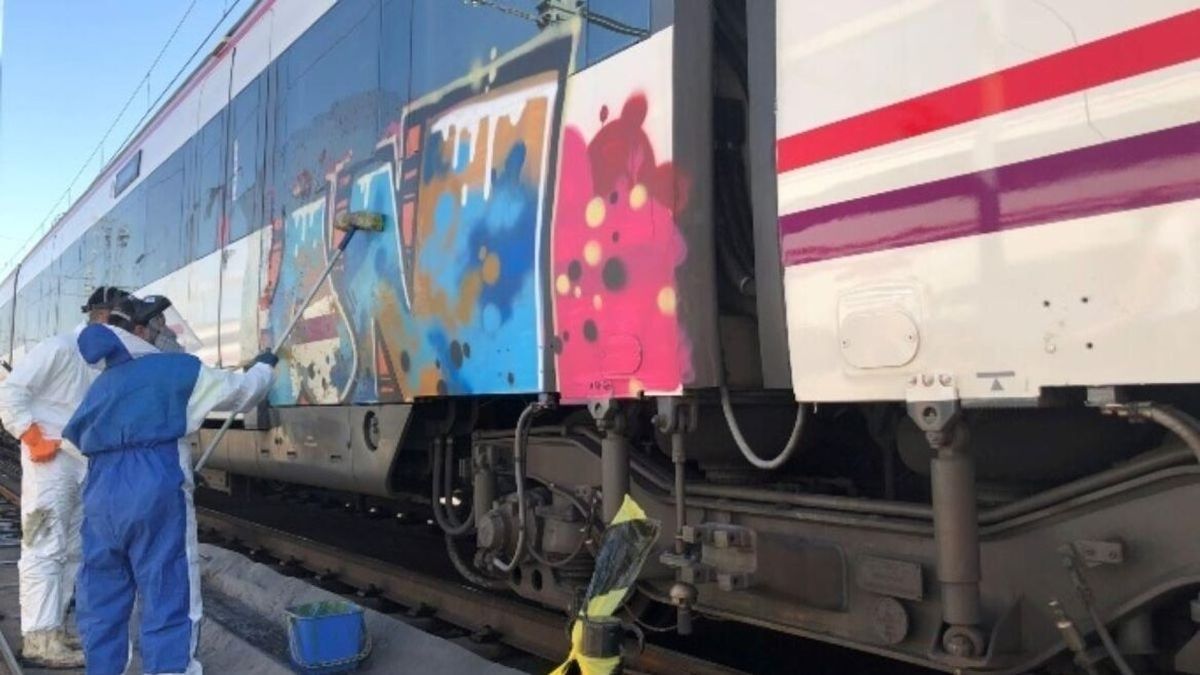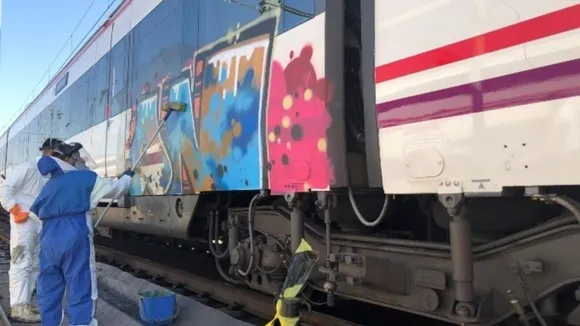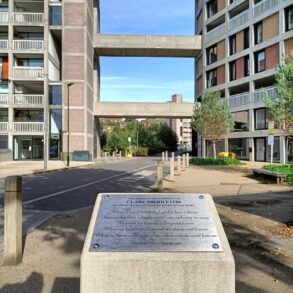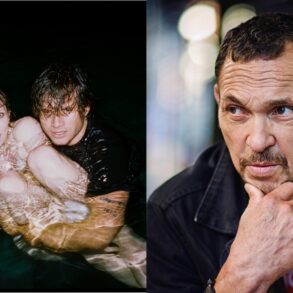
In the bustling heart of Spain’s urban landscape, a silent battle rages on the sleek surfaces of Renfe’s trains. The national train operator has unveiled staggering figures, revealing the high price of beauty and vandalism intertwined. In 2023, graffiti has not only marred the aesthetics of public transportation but has also dug deep into the coffers of Renfe, with expenses soaring to €25 million. The costs encompass cleaning, bolstering security measures, and tackling indirect expenses that ripple through the daily operations and experiences of passengers. The narrative of this conflict is more than a story of unsolicited art; it unveils the complexities of urban living and the challenges of maintaining public assets in pristine condition.
The Price of Unwanted Art
As the sun sets on the bustling streets and serene countryside serviced by Renfe’s extensive network, a different kind of artist emerges. Armed with spray cans and draped in the cloak of anonymity, graffiti vandals see the trains not as a means of transportation but as canvases awaiting their mark. This unauthorized creativity, however, comes with a hefty price tag. Renfe’s disclosure of a €25 million hit to their finances due to graffiti vandalism paints a grim picture of the costs involved in erasing these unsolicited artworks. Cleaning the nearly 80,000 square meters of graffiti-stained trains consumed 15,000 hours of labor. The expenditure doesn’t stop at cleaning; it extends to ramped-up security measures and investments aimed at preventing these artistic incursions.
Security in the Spotlight
Renfe’s strategy against graffiti vandalism is twofold: removal and prevention. The year 2023 saw the identification of 124 graffiti perpetrators, a testament to the vigilance of Renfe’s security and law enforcement’s dedication to preserving public property. Despite these efforts, the trains suffered 3,977 reported intrusions, a stark reminder of the persistent challenge. To counteract this, Renfe has not only invested in cleaning but also in fortifying its defenses, aiming to stave off the 1,194 attempted incursions. This proactive approach highlights the ongoing battle between preserving public utilities and the rebellious streak of urban artists.
A Future Beyond Vandalism
Amid the financial drain and operational hurdles posed by graffiti, Renfe looks toward the future with resilience and innovation. A significant portion of the funds diverted to manage graffiti’s aftermath will now fuel a transformative project. Renfe plans to invest 2.2 million euros in repurposing 90 hopper wagons for cereal transportation. This initiative not only showcases the company’s commitment to adapting and evolving but also its dedication to contributing positively to the agricultural sector. By channeling resources towards enhancement and efficiency, Renfe aims to turn the tide, focusing on growth and sustainability amidst challenges.
In conclusion, the saga of Renfe’s struggle with graffiti vandalism unveils the broader narrative of urban expression, public service, and the delicate balance between freedom and responsibility. With €25 million spent in 2023 to combat and clean up graffiti, the impact stretches beyond financial figures, touching on the daily lives of passengers and the operational efficiency of Spain’s rail network. As Renfe forges ahead, investing in security and innovative projects like the transformation of hopper wagons, the journey from vandalism to vision encapsulates the enduring spirit of resilience and adaptation. This story, though rooted in the challenges of today, is ultimately a testament to the possibilities of tomorrow.
This post was originally published on this site be sure to check out more of their content.









